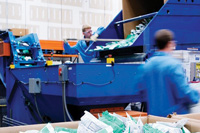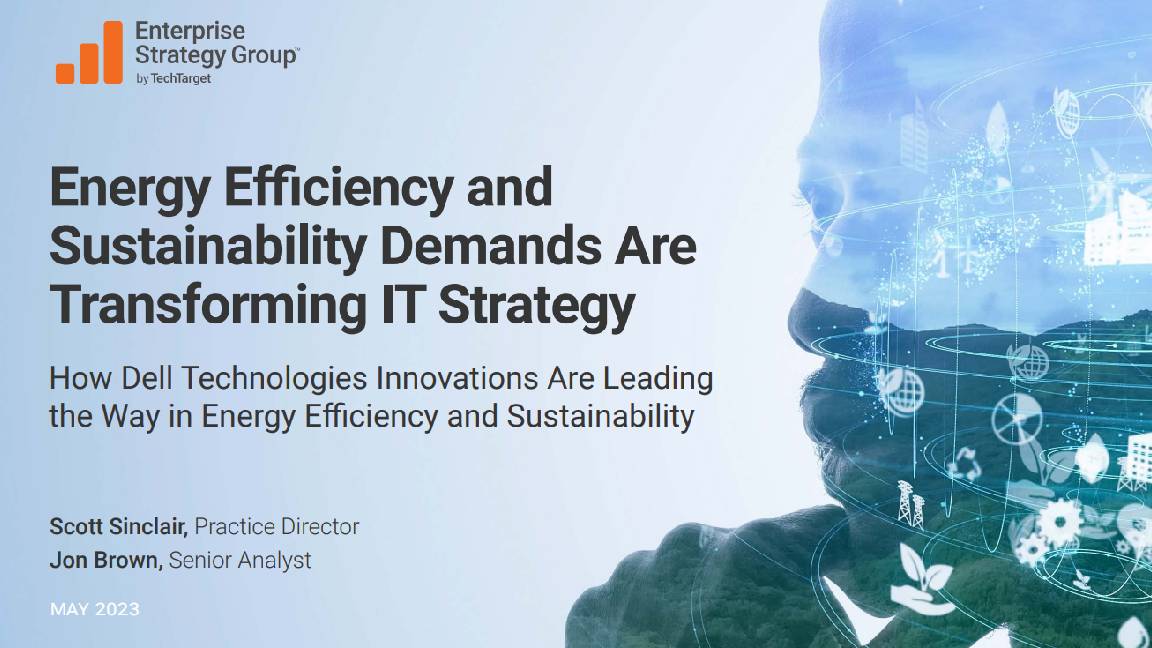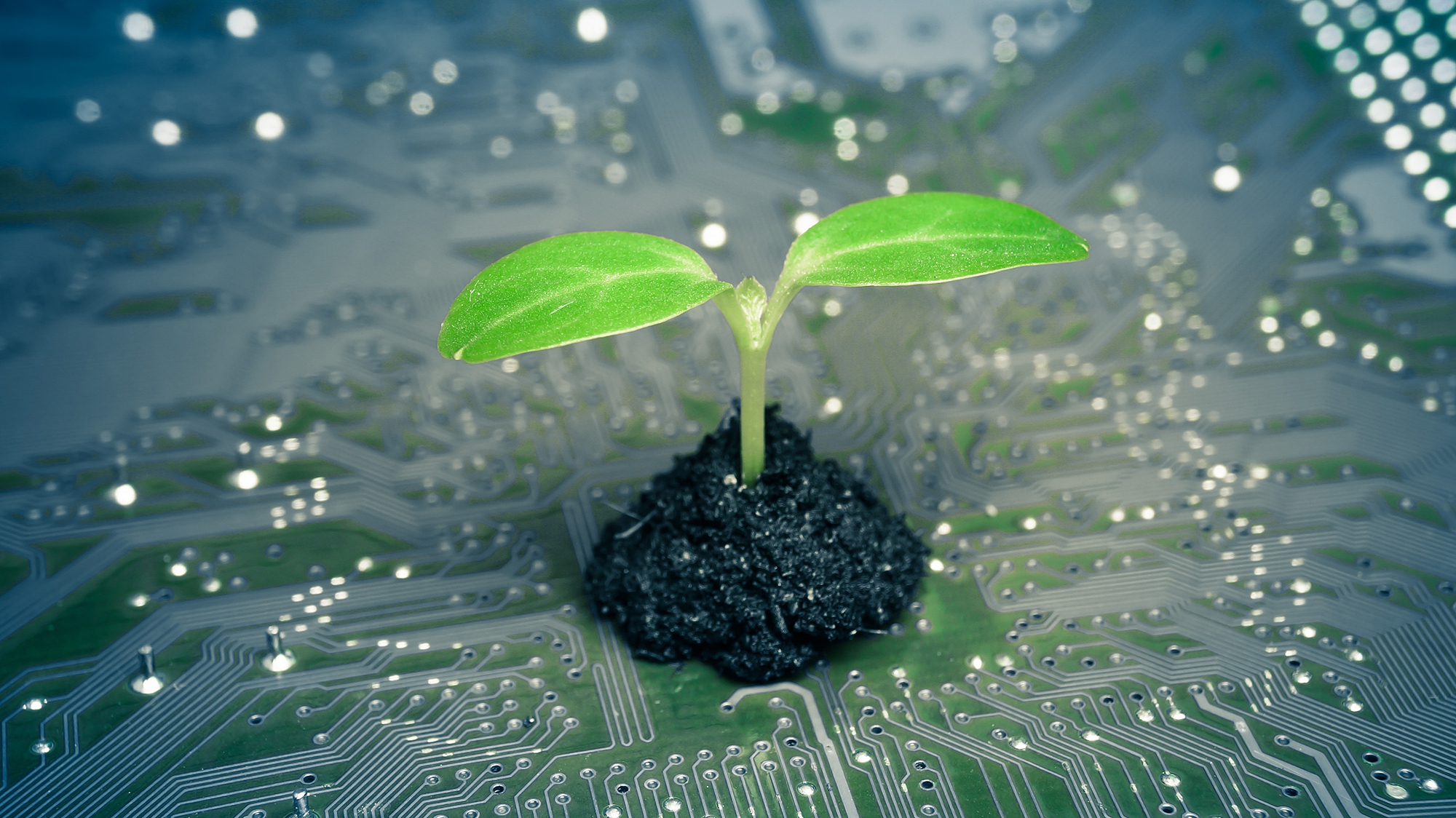HP: cleaning up IT’s dirty little secret
Matt Chapman talks to HP about its recycling efforts and how they have evolved since the early days.

IT has a dirty little secret. Everyone seems to know that the airline industry contributes two per cent of the world's global greenhouse gasses, but who makes up the rest?
"The one thing that people don't talk about is that IT also contributes about two per cent," admits Bruno Zago, UK and Ireland environmental manager at HP. "The thing is, that IT figure is set to rise. It'll probably reach around four per cent across the globe by 2020."
Such an alarming figure isn't going unchecked by an industry that now finds itself fighting to conserve materials, improve efficiency and recycle more of its products.
"People totally underestimate the amount this industry invests in research and development pushing the boundaries forward. You've only really got to look back a few years and see just how fast we're printing now and how much the quality has ramped up in such a short period of time. The amount of investment that's gone on there is staggering," says Peter Mayhew, director at Lyra Research.
"It's inevitable you now see that coming out through environmental initiatives."
Zago says HP's green efforts began in 1992 when the company founded its Design For Environment programme, appointing product stewards to work from an environmental prospective. "Back in 1992 all the product designers were going, Yeah, yeah, yeah, nobody's interested in that at the moment. Get back in your box.' But now the product stewards don't have to go to the product designers anymore because the designers go to them saying, What have you got for me? How can I make this better?'" Zago reveals.
Zago claims HP has also expanded its environmental campaign in other areas of its business. Improvements in the supply chain mean HP knows where its notebooks are being shipped, cutting down two huge manuals to one six-page booklet written in the local language.
Sign up today and you will receive a free copy of our Future Focus 2025 report - the leading guidance on AI, cybersecurity and other IT challenges as per 700+ senior executives
Meanwhile, laser ink cartridges have had their parts reduced by about 36 per cent, using fewer types of plastic. HP's latest laser jet printers also require 15 per cent less energy to fuse the ink to the paper and the cartridges are about nine per cent smaller by weight. Technology has similarly been introduced to reduce wasted energy.
-
 Gender diversity improvements could be the key to tackling the UK's AI skills shortage
Gender diversity improvements could be the key to tackling the UK's AI skills shortageNews Encouraging more women to pursue tech careers could plug huge gaps in the AI workforce
-
 Researchers claim Salt Typhoon masterminds learned their trade at Cisco Network Academy
Researchers claim Salt Typhoon masterminds learned their trade at Cisco Network AcademyNews The Salt Typhoon hacker group has targeted telecoms operators and US National Guard networks in recent years
-
 Beyond the upgrade: How to maximize IT investments and minimize waste
Beyond the upgrade: How to maximize IT investments and minimize wasteHow to maintain optimal performance and productivity with your fleet of hardware and stave off the next upgrade cycle for a bit longer
-
 Energy efficiency and sustainability demands are transforming IT strategy
Energy efficiency and sustainability demands are transforming IT strategywhitepaper How Dell Technologies innovations are leading the way in energy effiency and sustainability
-
 Energy efficiency and sustainability demands are transforming IT strategy
Energy efficiency and sustainability demands are transforming IT strategywhitepaper How Dell Technologies innovations are leading the way in energy effiency and sustainability
-
 Your guide to smarter printing: 2024 edition
Your guide to smarter printing: 2024 editionWhitepaper Making smarter printing simple for all businesses
-
 How to empower employees to accelerate emissions reduction
How to empower employees to accelerate emissions reductionin depth With ICT accounting for as much as 3% of global carbon emissions, the same as aviation, the industry needs to increase emissions reduction
-
 How much say does IT really have in sustainability initiatives?
How much say does IT really have in sustainability initiatives?ITPro Network Vendors are ready to proclaim their green credentials, but as members of the ITPro Network explain, making changes on the ground can be complex
-
 ESG: Designing the ideal digital work experience for the next generation of innovators
ESG: Designing the ideal digital work experience for the next generation of innovatorsWhitepaper What users want, why it's critical to give it to them, and how the whole organization can benefit
-
 A guide to ESG reporting frameworks
A guide to ESG reporting frameworksWhitepaper Guidelines to assist with your approach to ESG reporting